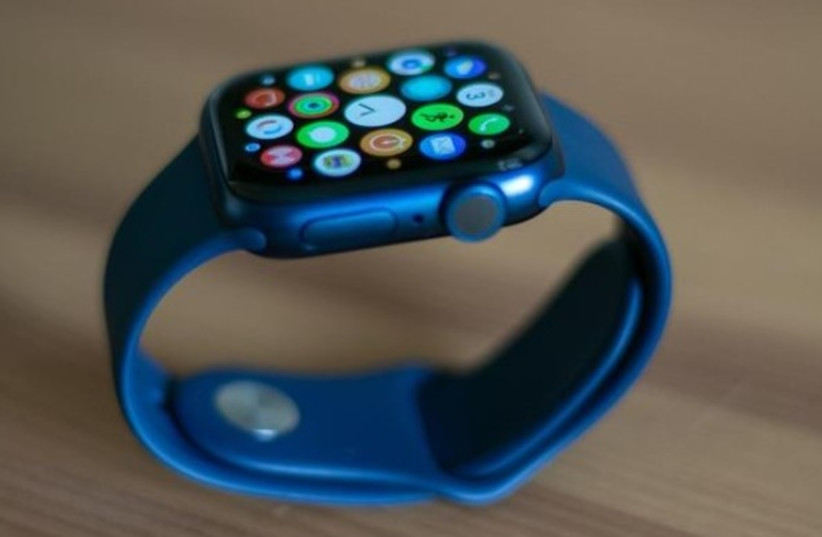Stories about the Apple Watch's abnormal heart rate alerts and how they saved human lives are fairly common, but this time the watch saved a young woman in a situation that was particularly unusual for someone her age - a pulmonary embolism.
These stories mainly appear in Apple's announcements, about how the heart rate monitoring and detection of abnormal situations in their watch has saved human lives many times - but this time, it saved the life of a 29-year-old woman from Cincinnati named Kimmy Watkins by detecting a pulmonary embolism in her sleep.
The Apple Watch, like other smartwatches, measures the heart rate throughout the day and whenever you wear it. Unlike other products, it also detects a high or abnormal heart rate while resting. With Watkins, it detected a heart rate of 178 while she was sleeping. The watch started beeping and woke her up from her sleep.
Watkins, not feeling well, sought medical help and was diagnosed with a pulmonary embolism, a life-threatening condition with a 50 percent rate of fatality. The watch saved her life.
"I'm very lucky, and if my sleep hadn't been disturbed, my partner would have found me asleep on the couch or not really asleep," Watkins said.

How does the watch measure heart rate? The optical heart sensor in the Apple Watch uses a technology called photoplethysmography. Although the name of this technology is difficult to pronounce, it is based on a simple fact: The color of blood is red because it reflects red light and absorbs green light.
How will you enable heart rate monitoring using the Apple Watch?
By default, the watch tracks your heart rate at all times. If you have turned off heart rate data, it can be turned back on.
To do so, open the "Settings" application on your watch. Go to "Privacy & Security," then click "Health." Click on "pulse" and turn it on.
You can also open the Apple Watch app on your iPhone, tap "My Watch," tap "Privacy," and turn on "Heartbeat."
You can also turn on heart rate updates to know if your heart rate stays above or below a selected beats per minute (bpm) value, or to check occasionally for irregular heart rate events.
